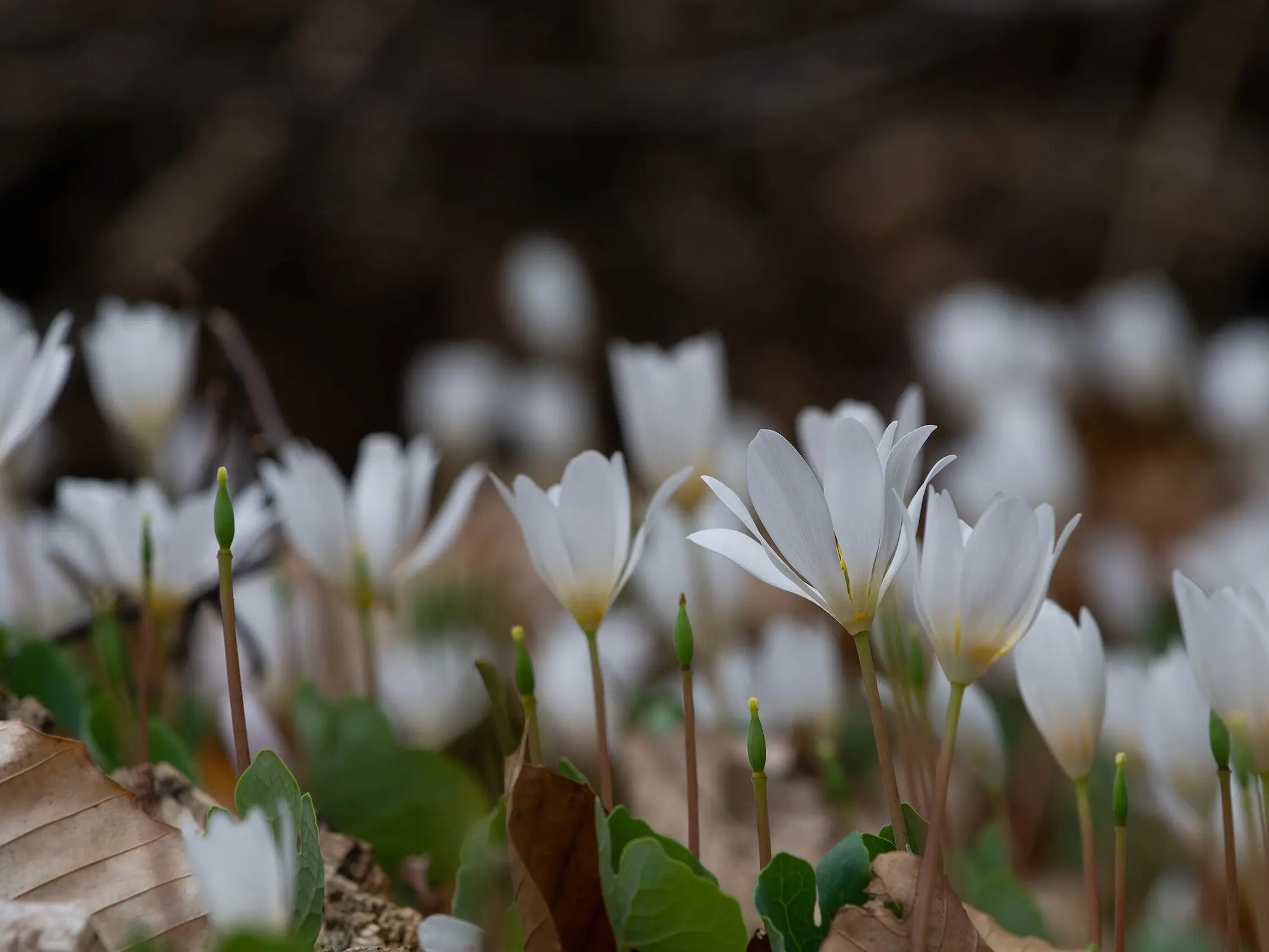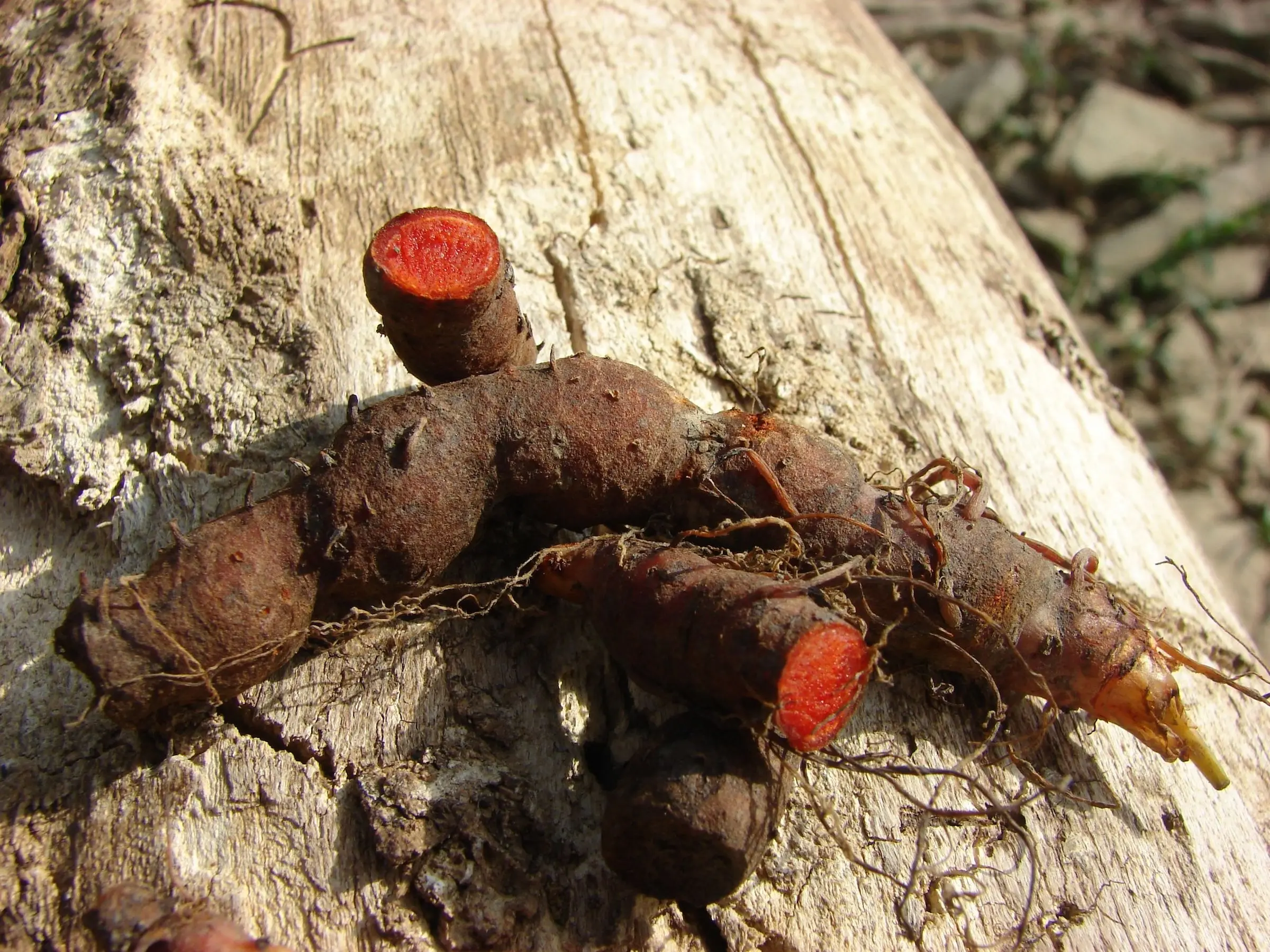
It’s that time of the week again & Monday is as good a time as any to learn about a new plant your horse can’t eat. Today we’ll take a look at the strangely beautiful and most unfortunately named Bloodroot
A Little About Bloodroot
Sanguinaria canadensis is Bloodroot, also called Red Root, Tetterwort, Indian Paint among other common names. This plant is a perennial with branched rhizomes which produce a flower, stem & leaf. Flowers are white with around 10 petals and yellow stamens.
How Dangerous Is It?
The toxin is concentrated in the roots (after the leaves have opened) so the danger is lessened. However it’s extreme toxicity and lack of a bitter taste make them very dangerous in grazing areas. This plant contains a variety of toxic properties some of which kill animal cells on contact.
The whole plant is toxic but it’s concentrated in the roots and can be fatal to equines.

What To Look For
You know your animal the best, so you should know when something is amiss. Black Nightshade toxicity symptoms can include stomach pain, dilation of pupils, diarrhea, weakness and/or loss of coordination, hemorrhagic gastroenteritis, respiratory difficulty, drooling and unconsciousness.
Learn More
Be sure to check out the Bloodroot page to learn more about the plant and while you are at it why not check out more toxic plants?
*It should be noted that I’m not a veterinarian. This information is written specifically for horses and should be used for reference purposes only. If you think your horse has eaten something toxic call your vet right away.